|
I spent a relaxing Easter weekend back in Lincolnshire, where the glorious weather meant it was very much a period to be outdoors. After a procession of chilly north-easterlies for much of the first half of the month, the weekend felt positively sweltering and much more like June than mid-April. Despite the wall-to-wall sunshine the birding transpired to be excellent, with migration hotting up on both the passerine and non-passerine front. An indicator of how things were to be came instantly on arrival back at Baston & Langtoft Pits mid-afternoon on Good Friday, where Will Bowell had seven immaculate Little Gulls waiting for me on the Wader Pit as I set up my 'scope. It's been another great April for the species, thanks largely to the prevailing winds, and they are never to be sniffed at. The following morning I was out early for the first of two sessions at BLGP. While nothing exceptional was recorded, I was pleased with a total of 80 species (eBird list here). A group of five Northern Wheatears in excellent habitat that I'd never previously seen the species in was the highlight. In fact, I ended up spending well over an hour crawling around trying to photograph them, getting soaked by the morning dew in the process. Otherwise, it was just nice to see and hear common summer migrants; a male Peregrine and a female Goldeneye were probably the other stand-out birds. Mid-morning produced a message from Vin Fleming about a male Whinchat on Thurlby Fen, so I headed round there and quickly found the bird favouring a sparse hedgerow north of the small reserve. It was a bit nervous, as they often are, but eventually I managed to sneak within range by crawling about 15 metres along the edge of a ditch. What a bird. I spent the afternoon checking various pasture fields, paddocks and meadows for Ring Ouzels, but alas couldn't find any. However, the Cattle Egret was noted at Deeping Lakes and, later on, a Tree Pipit heard several times and seen in flight at Bainton Gravel Pits was a really nice Peterborough record (I think only the second I've ever had locally). A surprise to say the least. Also in this wider area was an even more uplifting sign: two singing Turtle Doves, the first I've seen for a few years now. I decided to sit and watch them, purring away to each other, with a pang of sadness thinking about how much commoner these were even in the early 2000s, when I got keen on birding. I used to have double figures singing at BLGP but they've all gone from there now; the last failed to return in the early 2010s. On Sunday morning I hit BLGP again and it was immediately apparent how warbler numbers had increased overnight. Among these I was thrilled to come across a reeling Grasshopper Warbler, which I think is my first at the site since about 2004/5. It was sitting out in full view at first, but as soon as I got out the car and crossed the road it clocked me and became much more elusive (though continued to sing). Again, another species I don't see enough of these days living in London and it was great to spend half an hour appreciating it. Quite surprisingly, the quintet of Northern Wheatears was again present and it seemed rude not to point the camera at them for at least a bit of time in the morning sun. After a fairly relaxed day I headed out looking for ouzels again late afternoon. I decided to go and check some paddocks on Woodcroft Road, north of Marholm, which I'd always thought looked good for ouzels, redstarts and other migrants. The first had about 20 Fieldfares and a single Redwing in, the second nothing and the third looked bare too ... until a harsh chak chak resonated from the horse chestnut to my right and a male Ring Ouzel flew across the gateway in front of me. It was the most pumped I'd felt about finding anything for quite a while, even if 'just' an ouzel, but it was a satisfying result given the effort put in over the previous couple of days – and because it was a spot I've always felt should produce the species, even if it never had done previously. As it transpired there were two male ouzels together in the paddocks there and, to put the icing on the cake, both went on to perform very well indeed over the next hour – in fact giving me my best ever views (and photos) of the species in Britain. A highlight of the spring, for sure. After a couple of early starts I had planned to have a lie in on Easter Monday, but I awoke shortly after 06:00 to see a message from Hugh Wright about a breeding-plumaged Red-necked Grebe at Deeping Lakes. It was a bird too good to miss out on, so I went down to join Mike and Will and enjoyed nice (if distant) views of the pristine grebe in beautiful light as the sun came up. A bonus came around 07:00, when a Spotted Redshank did a couple of laps of East Pit, dropped down for 10 seconds and then flew off west again. After breakfast with my mother, I popped down to BLGP for the last time before heading back to London. I could see a few energetic-looking terns over Wader Pit with my naked eye and a look through the bins confirmed my suspicions that they were Black Terns. In total six were present and, as I watched them hawking over the water, Little Gulls suddenly began to appear around them. Numbers of the latter continued to build to 21 by the time I left, easily the highest number I've seen here. Watching two of my favourite species hawking in the warm April sunshine was the perfect way to round off a terrific Easter weekend.
0 Comments
Leave a Reply. |
This pageThe musings of a wildlife enthusiast, usually armed with his camera. Archives
May 2024
|
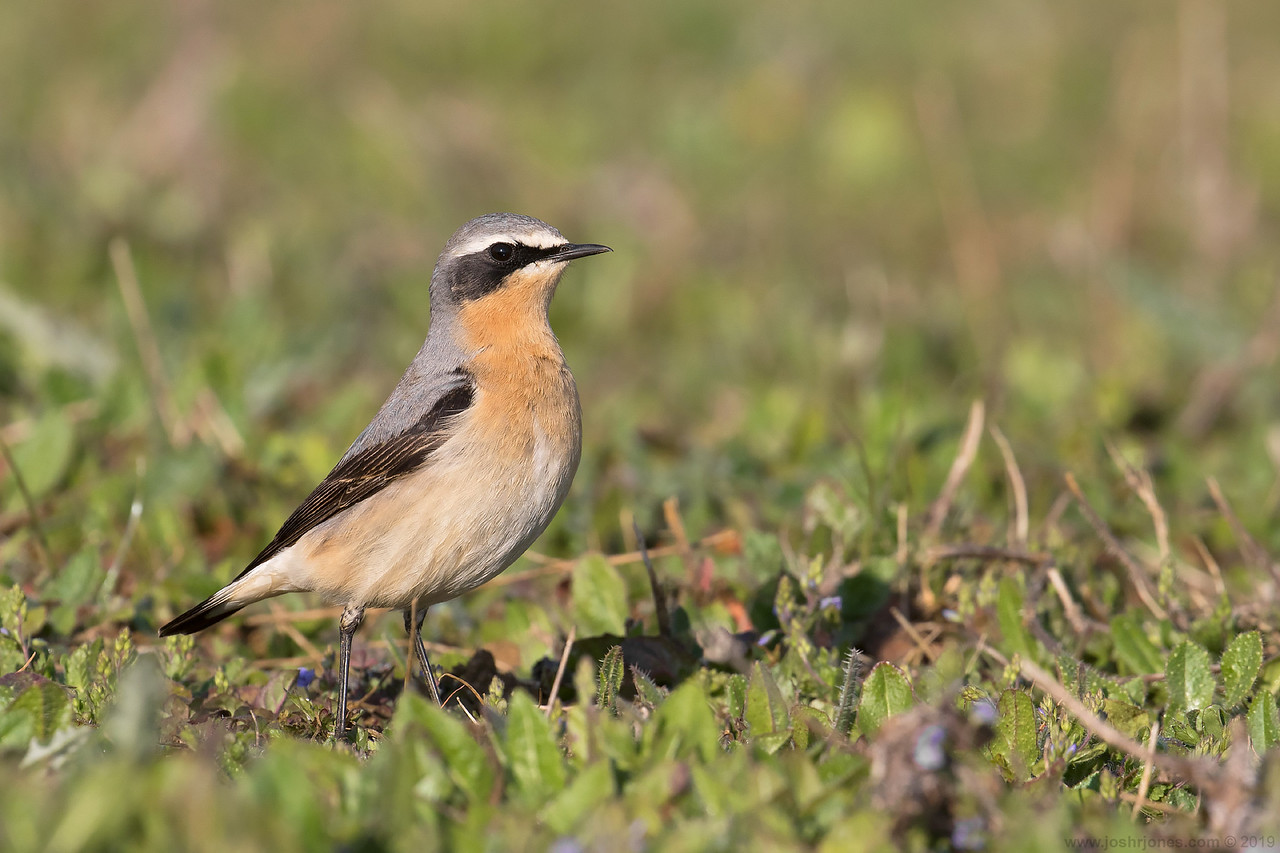
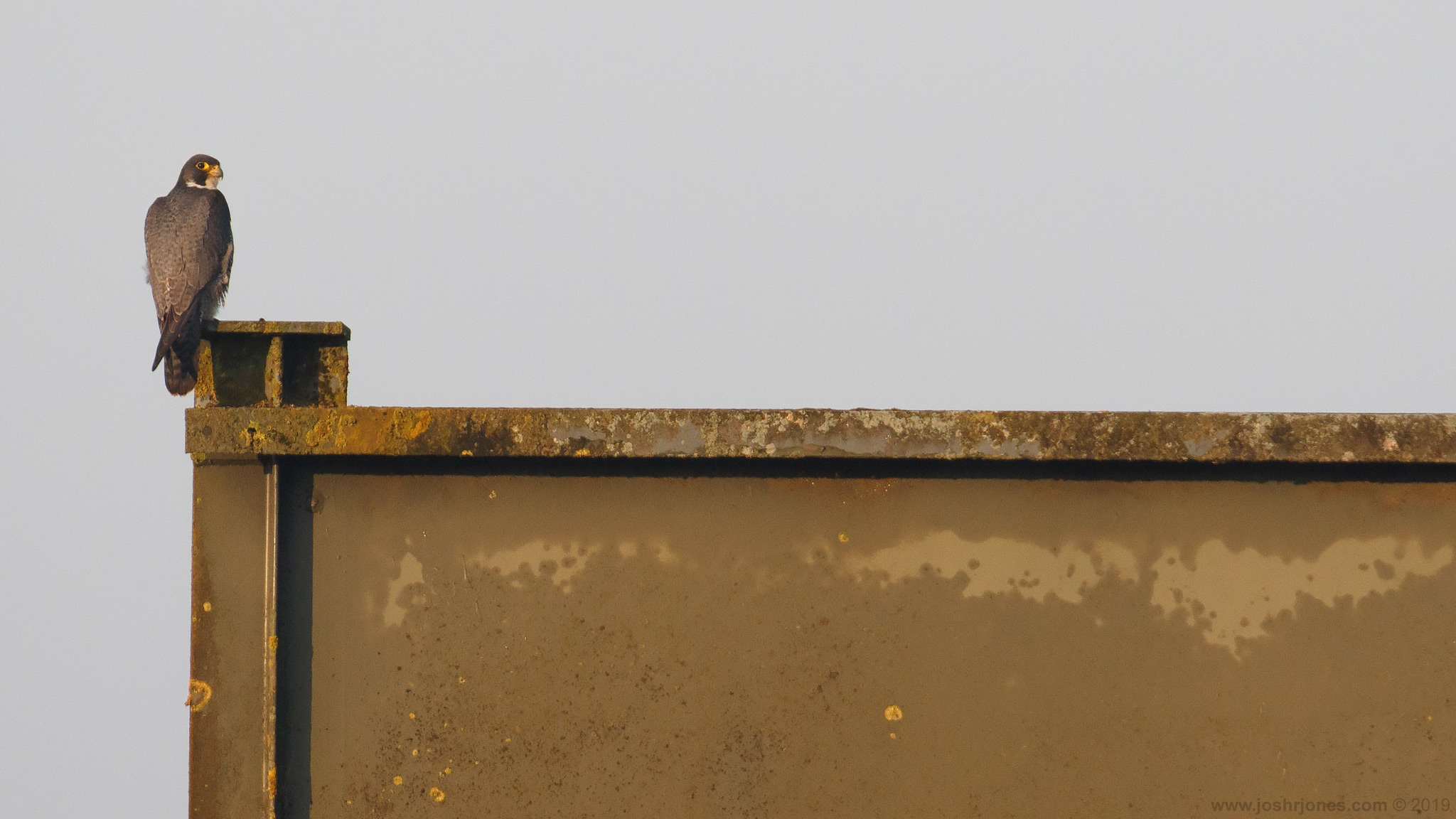
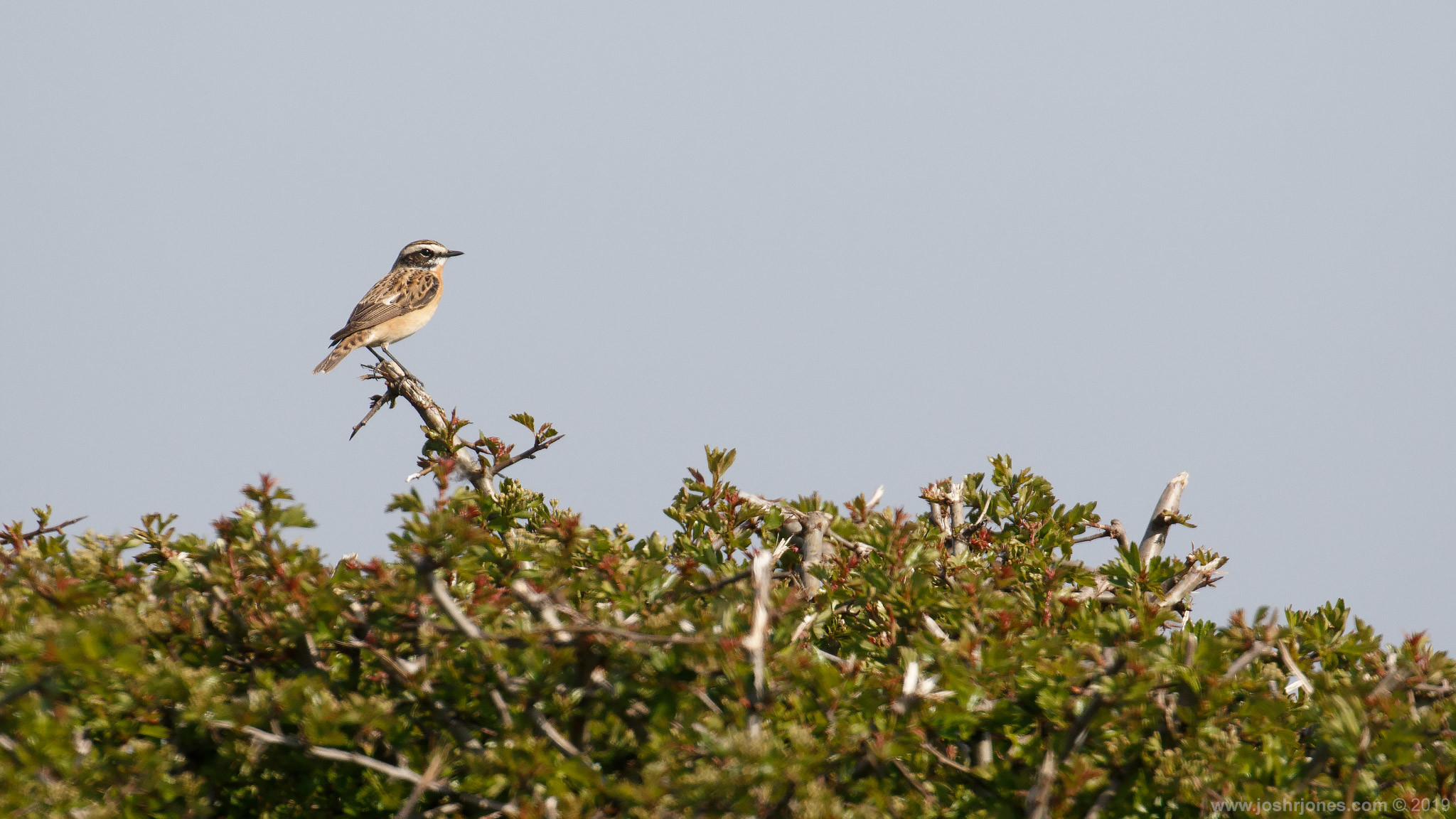
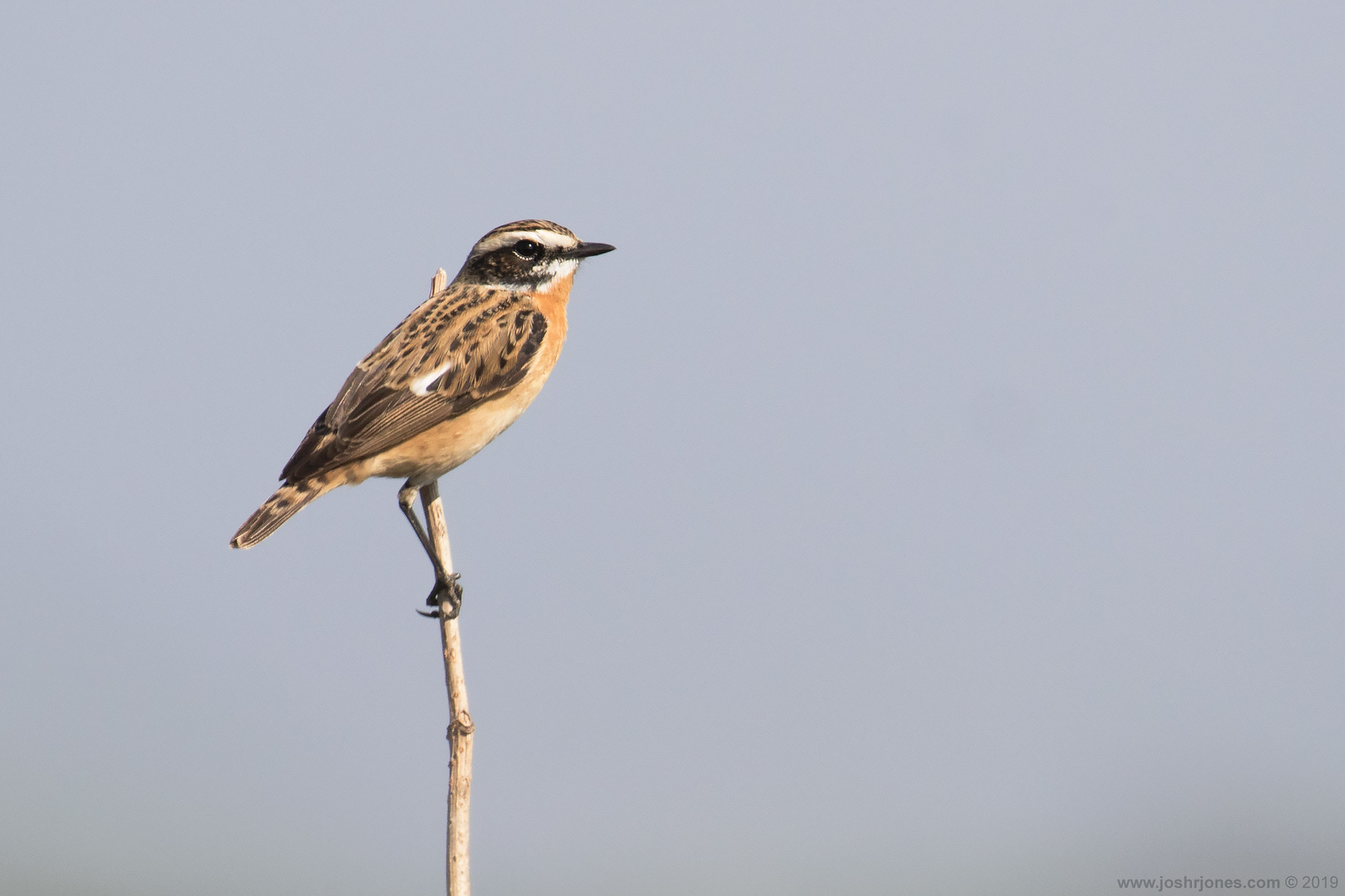
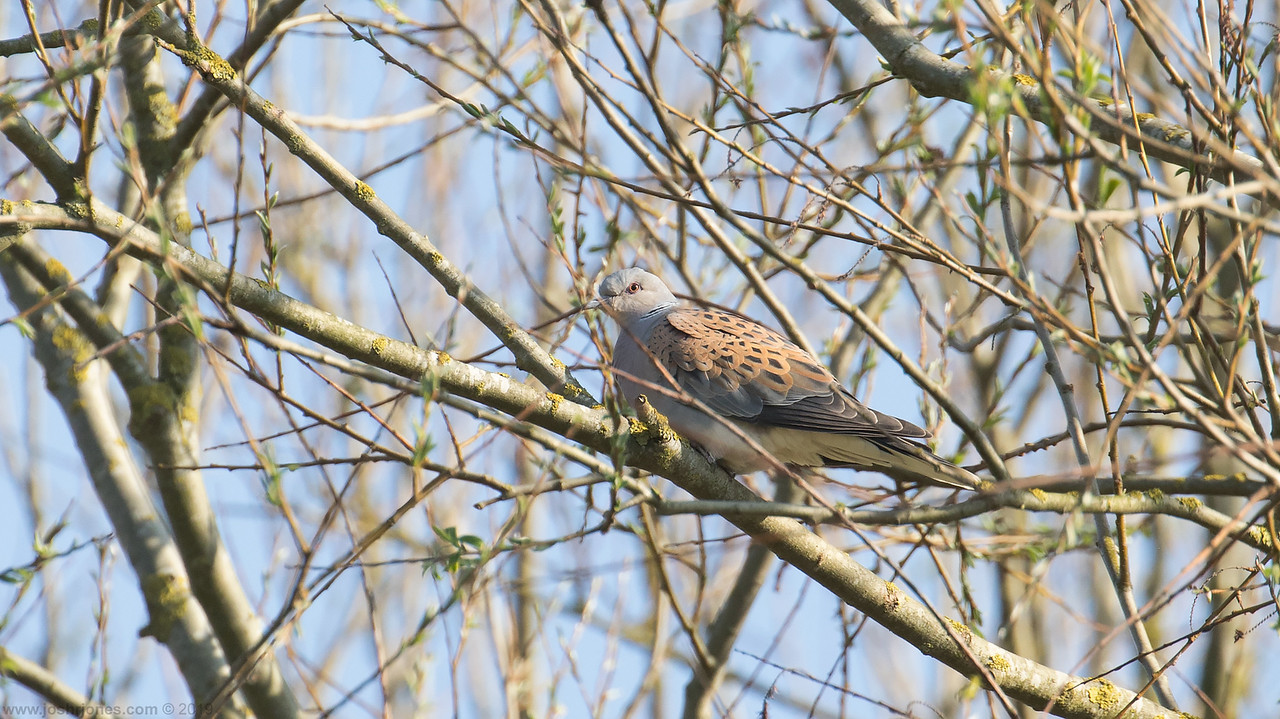
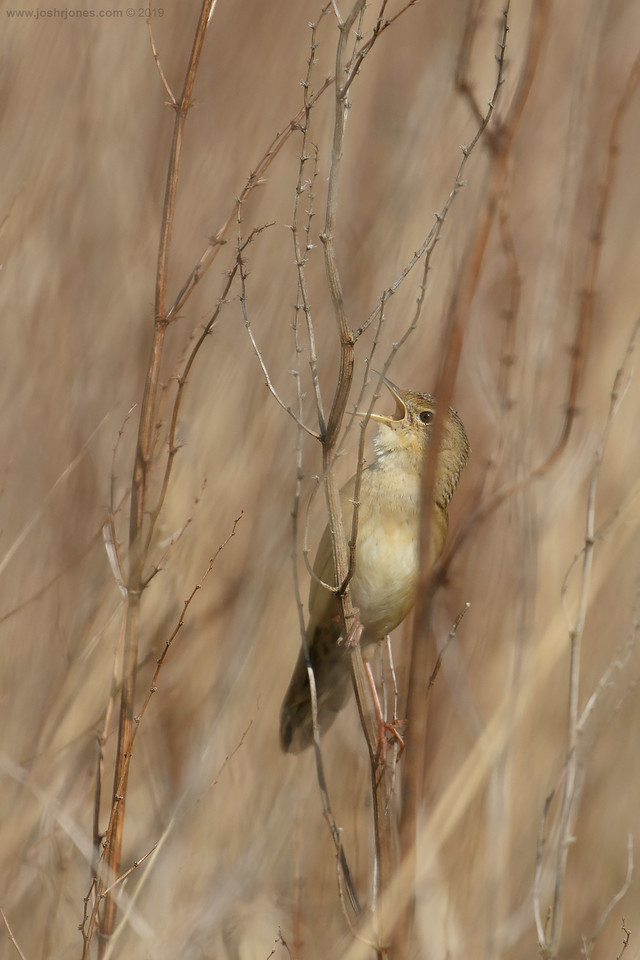
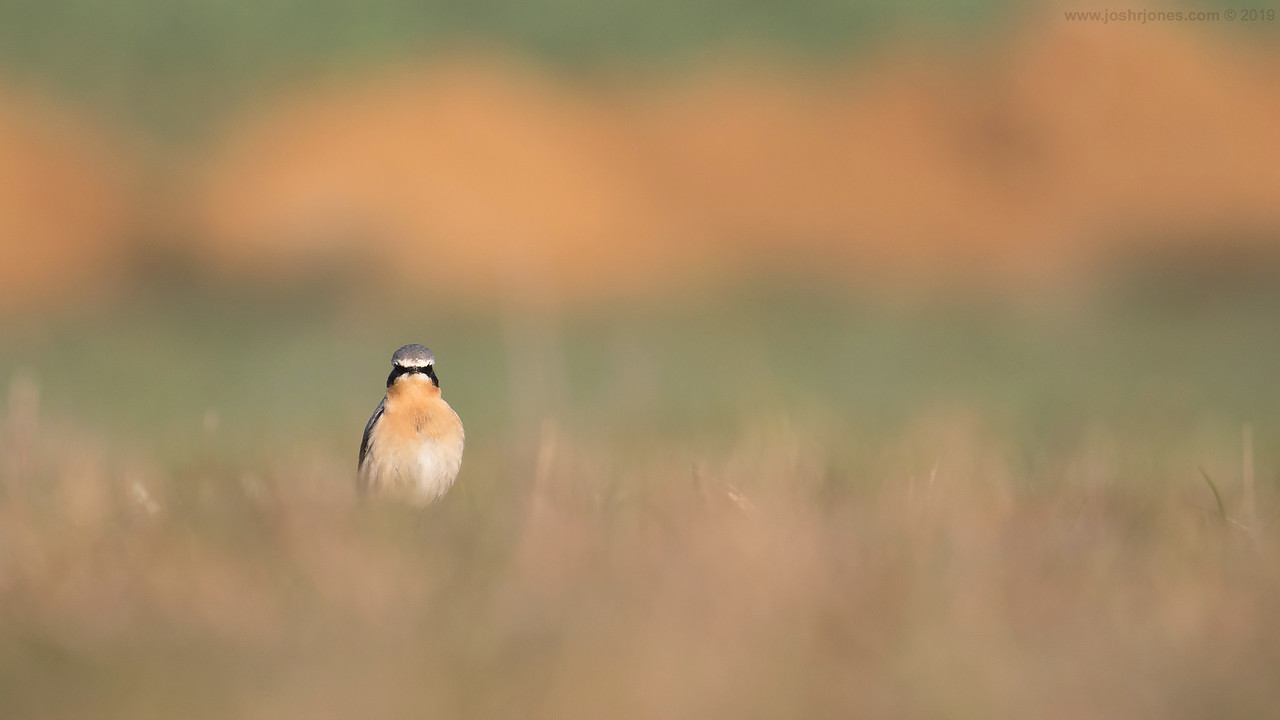
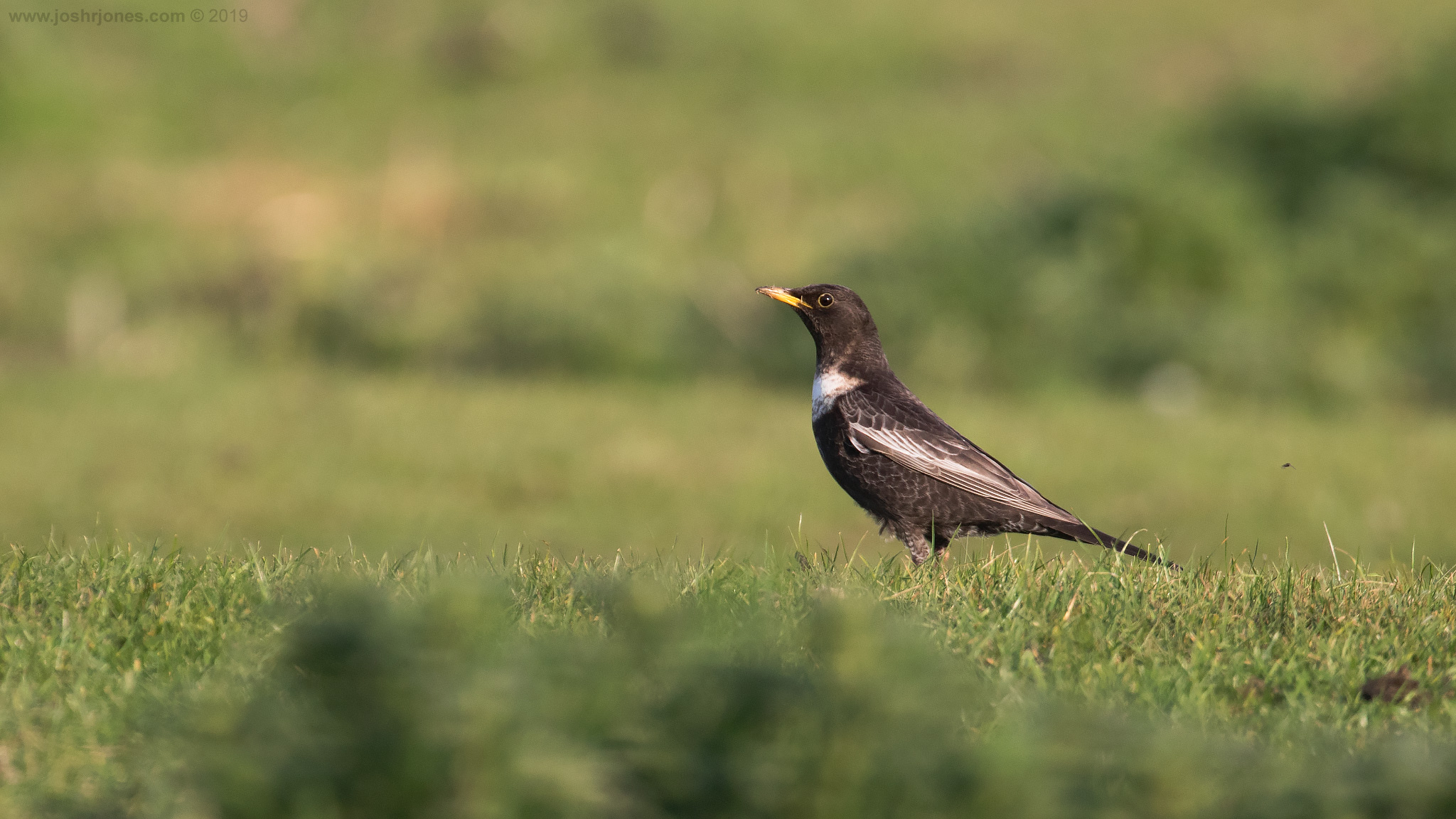
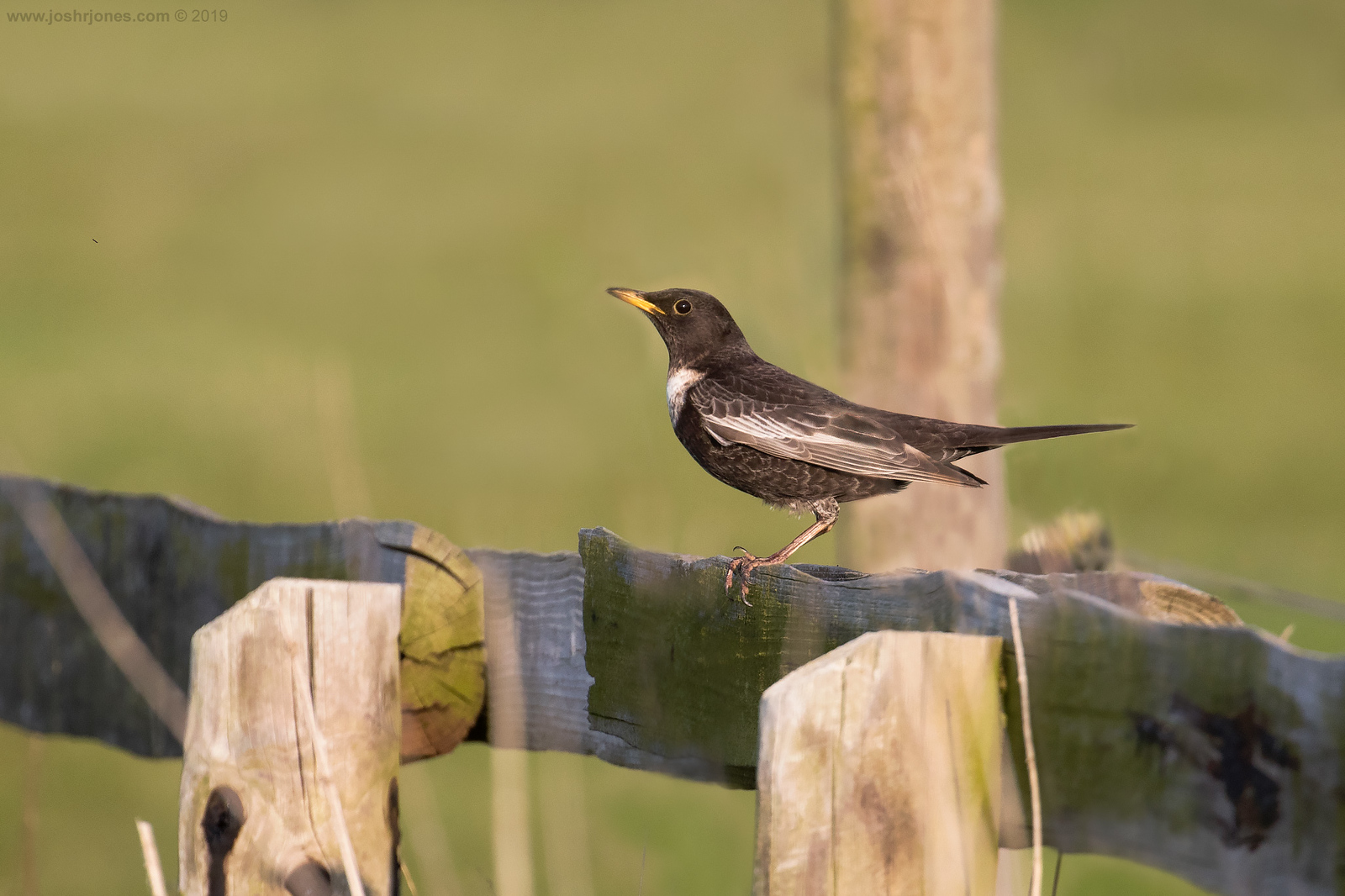

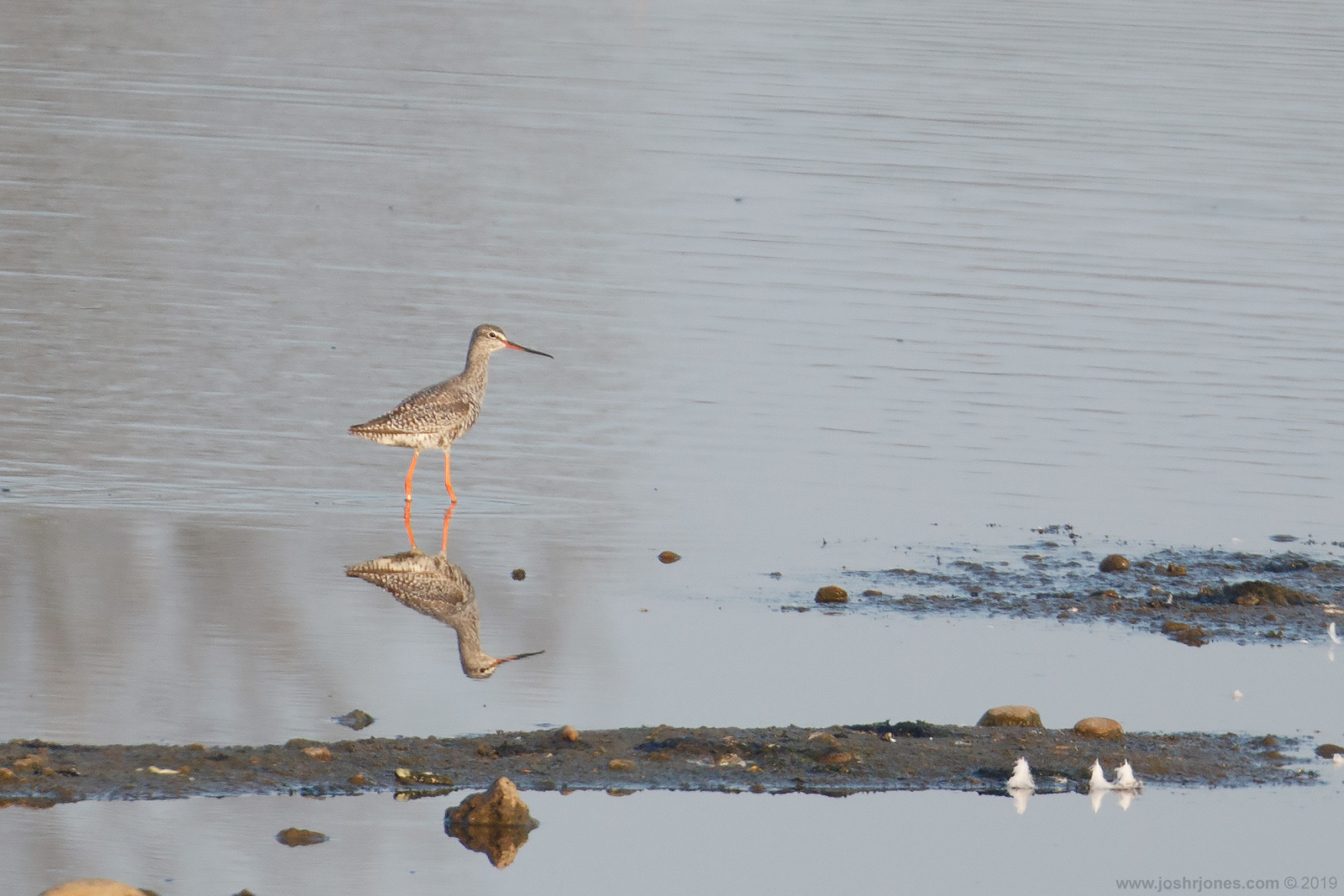
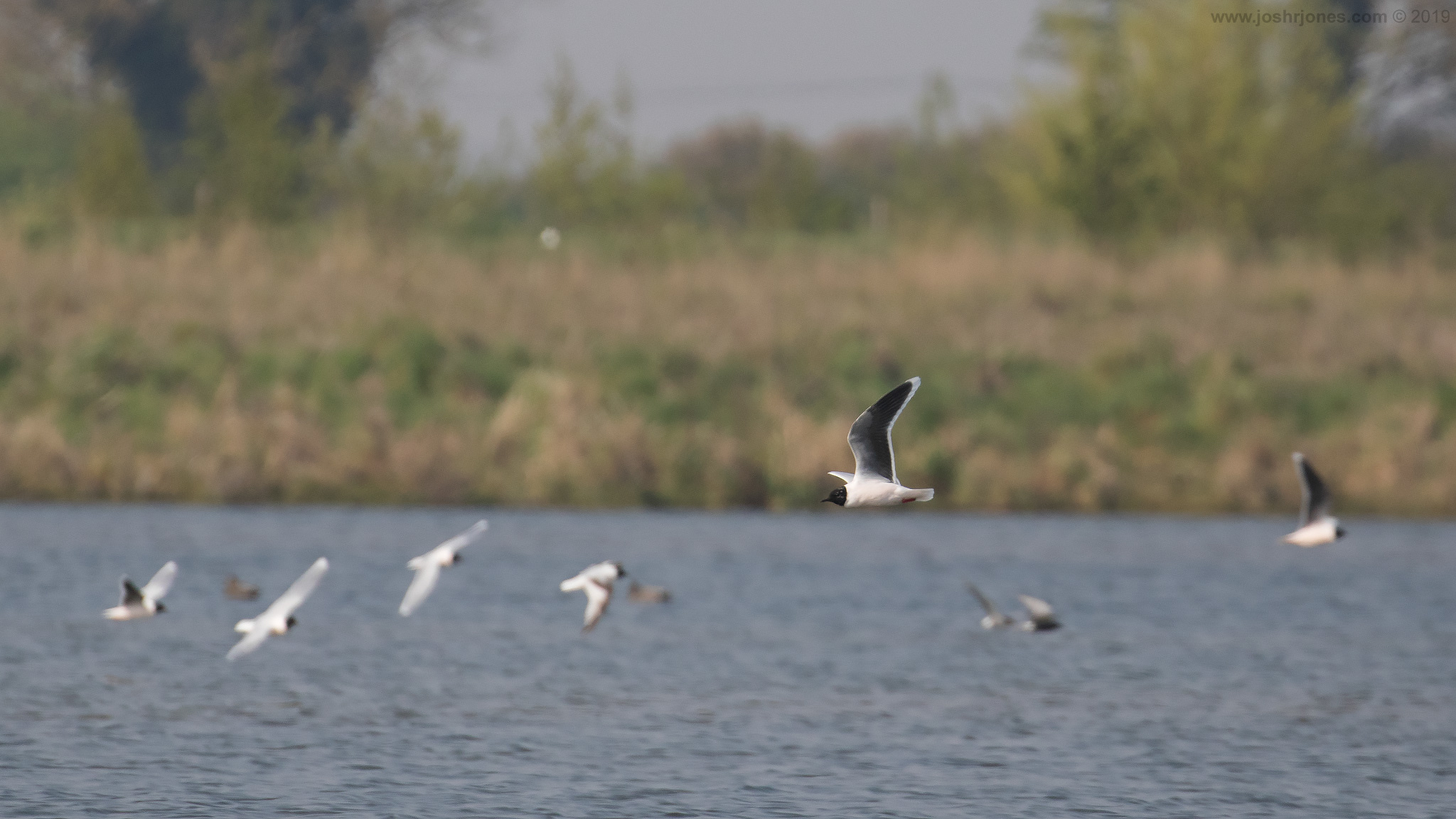
 RSS Feed
RSS Feed